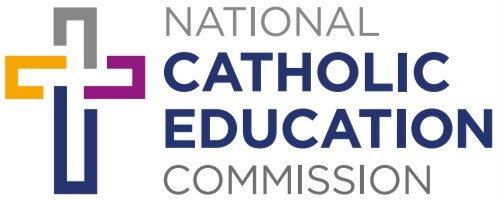18 March 2020
The National Catholic Education Commission (NCEC) has welcomed the changes to the presentation of NAPLAN data published on the My School website today.
National Catholic education executive director Jacinta Collins said the changes to the presentation of NAPLAN data would make it easier to track students’ progress and would reduce misleading comparisons between schools.
“For many years, educators have been arguing for a reduced emphasis on school to school comparisons,” Ms Collins said. “These comparisons were limited and was often misused to unfairly compare schools against each other.”
“With the changes to the My School website the focus is now on tracking students’ learning growth and progress against students with both a similar socio-educational background across Australia and from the same starting score, which makes for a more accurate measure of how well students are progressing at any given school.”
The changes were made following a review of NAPLAN last year, and extensive consultation with stakeholders. In its submission last year, the NCEC supported NAPLAN as an important tool for measuring student performance, but raised concerns about the limited utility of the NAPLAN assessment.
“NAPLAN is only one form of student data (among many) which enable schools, families and the broader community to reflect on student and school performance and target areas for improvement,” the submission reads.
“There are limitations to the utility of NAPLAN. Australia’s Catholic schools, like all school sectors, utilise a range of useful diagnostic tools and assessment to determine educational achievement and identify areas for intervention and improvement. This occurs at the student, school and system level.”
While the changes to the My School website will reduce the emphasis on school to school comparisons, Ms Collins said it was important for parents and the community to keep NAPLAN results in perspective.
“NAPLAN is only a ‘snapshot’ of a student’s performance on any given day which can be affected by many and various factors,” she said. “We need to support parents and teachers to ensure a students’ or schools’ progress in NAPLAN is considered in relation to the other factors for the student or school.”
“The reduced number of displays will also make the process of finding and understanding information easier for parents, educators and school leaders,” Ms Collins said.
Nationally, Catholic schools educate more than 764,000 students – or one in five Australian students – in 1,746 schools, the vast majority of which are low-fee schools.
